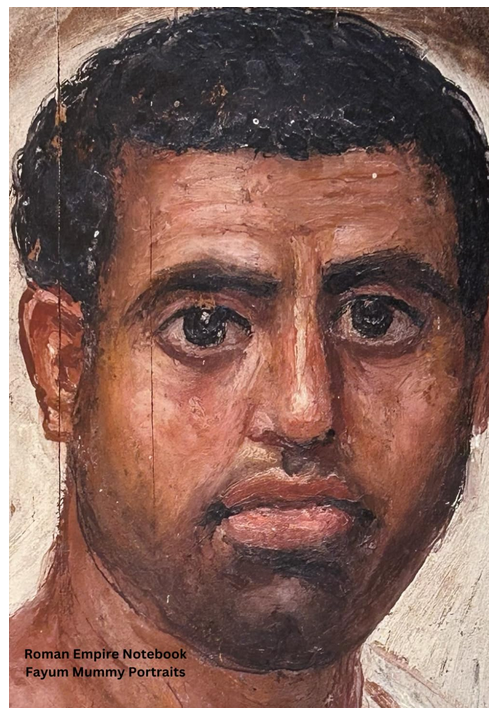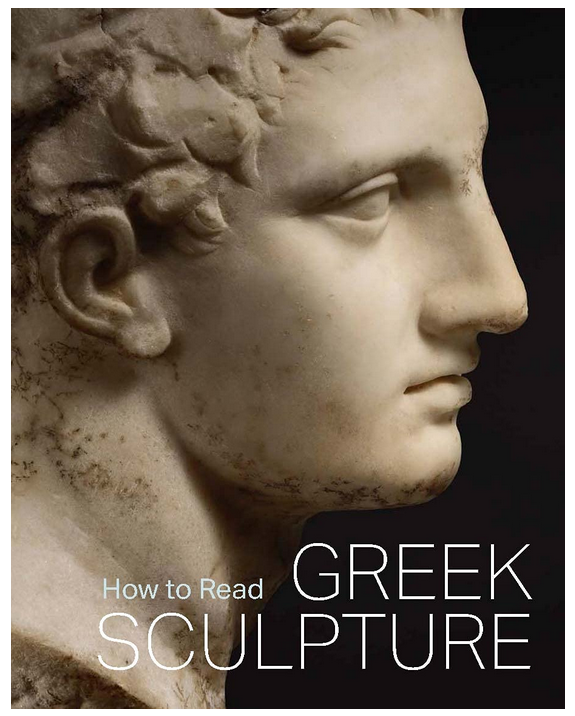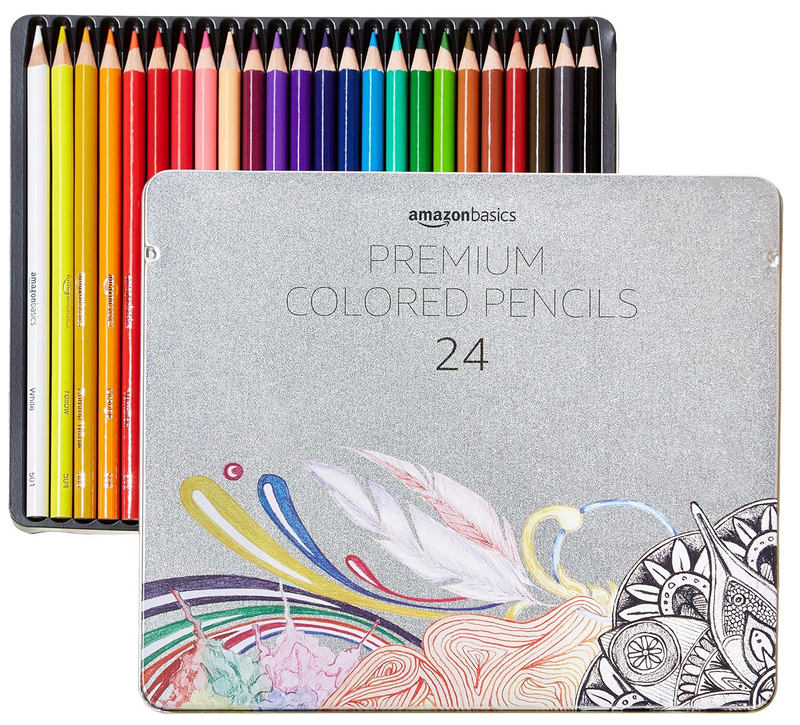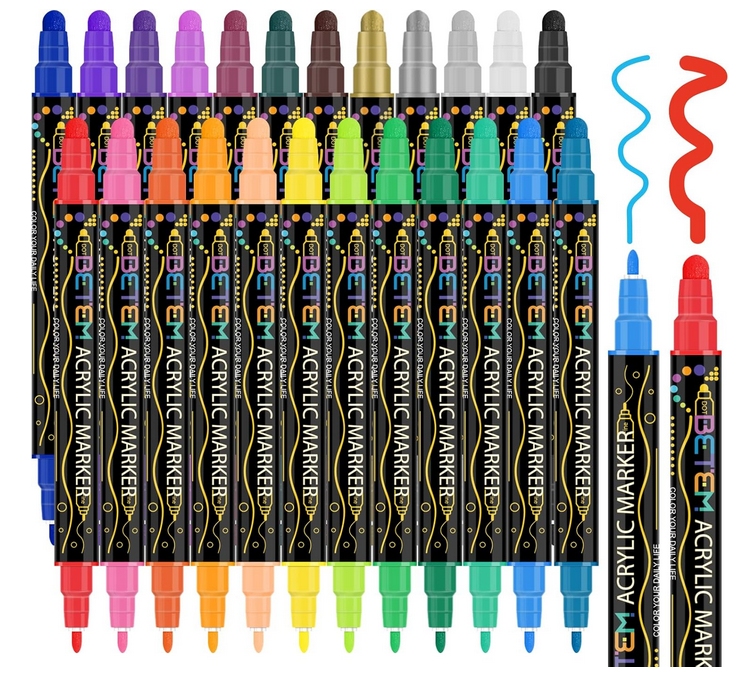- Home
- Art History
- Ancient Greek
Ancient Greek and Roman
Through harmonious proportion and a focus on aesthetics, ancient Greek and Roman art became the foundation and inspiration for all Western art.
Over thousands of years, paintings, sculpture, architecture, and pottery produced in the ancient Greek Empire embodied ideals of beauty. The Greek peoples lived across vast distances and in separate city-states, but they shared the same language and religious beliefs.
|
Although there was no definitive transition, the art is usually divided stylistically into the four periods of
|
Key Artists:
|
Among the techniques they perfected include methods of carving and casting sculpture, fresco painting and building magnificent buildings.
The Classical era is the most well-known - a period when mainland Greece and Athens in particular experienced a golden age, with huge building projects including the Parthenon epitomizing the period's architectural and sculptural ambition and grandeur.
Hellenistic Greek artists developed towards still greater vitality, variety, power, beauty and harmony, which they passed on to Roman artists, who, during the Roman Empire (27 BCE - 395 CE) developed many of their own techniques and ideas.
Okay, so now I've put on some ads from Amazon - from which I may earn a few cents. (2025)





